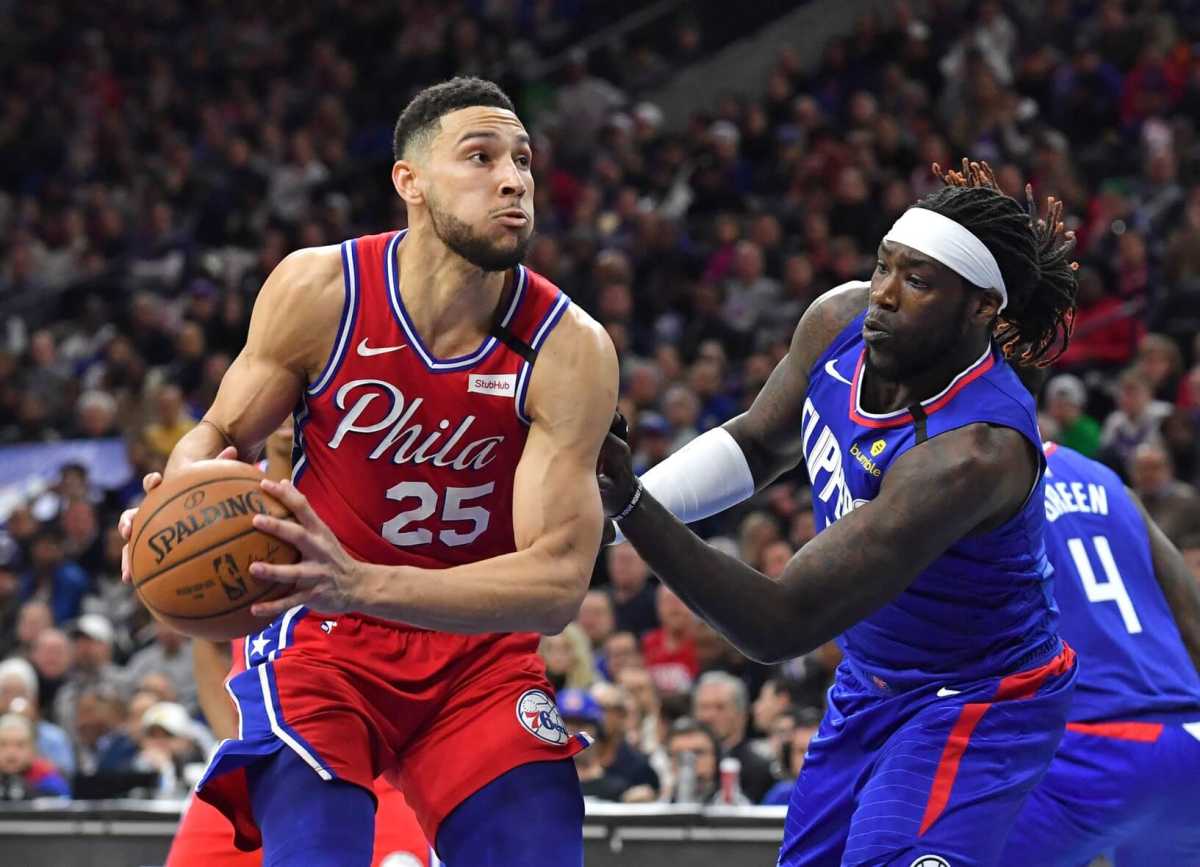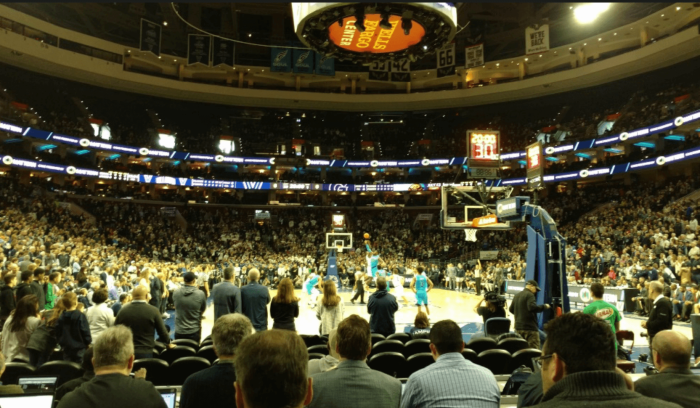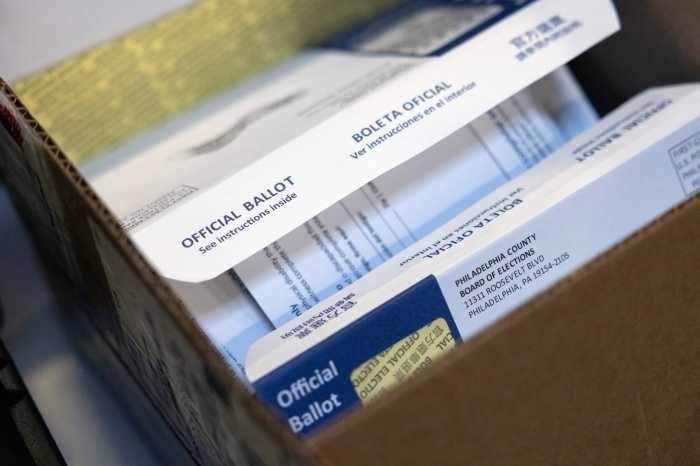Philadelphia 76ers’ Head Coach shocked the basketball world on Monday when he announced that Ben Simmons has been playing almost exclusively at Power Forward during the Sixers’ return to practice. Not only that, but Brown has been thrilled by the early results.
There are so many ripple effects from this move and they’re all things fans have been clamoring for so this is a true moment of vindication for the fan-base. Al Horford will be coming off the bench and Shake Milton will be the Sixers’ new starting Point Guard assuming this is the lineup Coach Brown plans on come the resumption of the season.
There is so much to dissect with this simple positional change but the best place to start is with Ben Simmons. Just how will his game change with the move to Power Forward and what will be the statistical impact of the change?
Points
People have wanted to see Ben Simmons score more for almost his entire career. Simmons is very efficient but his lack of a jump shot limits his scoring. In addition to that, Simmons barely cracks the top 90 in Usage Rating, a stat which simply put, is the number of plays used by an NBA player. For reference, the league average for usage rate is 20 and Simmons registered a 20.9 before the hiatus.
Simmons is very passive by nature and that’s not likely to change just because he’s no longer a “Point Guard”. Again, Simmons lacks a jumper so there likely won’t be many catch-and-shoot opportunities with this position change.
What will likely be different is Ben Simmons’ ability to get open close to the hoop. As the primary ball-handler Simmons struggled to drive his way to the paint as defenders would sag off him to the point that they would be considered social distancing. If he is not the lead ball-handler, he might be able to find more success working in the post and cutting to the rim, at least that’s the hope.
When the Sixers had Jimmy Butler in last year’s playoffs he became the team’s primary ball handler and Simmons was relegated to the corner and had almost no purpose in the offense. The difference between then and now is, or at least should be, is that last year’s offense dangerously resembled the Hero-Ball era of the early 2000s, while this year should involve much more ball movement.
With the move to Power Forward, Simmons will likely find himself closer to the basket which could lead to more put-back opportunities. He may have some more chances to score, but don’t expect him to become a 30 point scorer overnight.
Net Change: +2.5 PPG (19.2 total)
Rebounds
Simmons is already a very talented rebounder. Averaging 8.3 rebounds per game over his career, Simmons uses his size and athleticism to dominate the glass against other guards. A move to a more traditional rebounding position would put Simmons in a better position to grab said rebounds, and even though he wouldn’t have the size advantage anymore, there aren’t many Power Forwards as athletic as Simmons.
It will be important for Brett Brown to further instill the importance of rebounding in Simmons’ mind. While Simmons has shown an affinity for rebounding, he has room to improve instinctually. If Simmons dedicates himself to improving as a rebounder it will help the rest of his game as he’ll have more opportunities to score or pass to the open man. It will take a commitment on the part of Simmons, but it is possible.
Net Change: +3.5 TRB (11.3 total)
Assists
This will be the part of Simmons’ game that could see the most change and yet, the stats may not look that much different. Without being the primary ball-handler in the half-court, Simmons’ assists in that area will likely come second hand or off offensive rebounds. Shake Milton is an above average passer for a Shooting Guard but as a Point, calling him average would be a compliment. All this to say that Simmons’ assist opportunities will be fewer but he will still have his fair share of opportunities in the half-court.
Though he will have fewer half-court opportunities Simmons will be set to dominate in transition. Since he will be spending more time inside defensively, Simmons’ rebounding opportunities will likely increase which will lead to quicker fast-break opportunities. The only thing is that Simmons is already leading the transition offense most of the time so really, how much more success can he see than what he has already?
Net Change: -1 AST (7.2 total)
Defense
Ben Simmons has become one of the elite defenders in the NBA and deserves serious consideration for the Defensive Player of the Year (DPOY) award no matter what a GM survey says. His on-ball, off-ball, and post defense are such a rare combination there are only three players on his level (Giannis, LeBron, Kawhi) when it comes to versatility.
With a move to Power Forward, Simmons will not see as much of an opportunity to defend on-ball or even at the top of the key like he’s accustomed to. When we talk about how his statistical defensive game will be impacted, the simplest way to do so is evaluating blocks and steals.
Blocks
In the modern NBA, Power Forwards are not in the paint as often as the past. The “stretch-four” has become such a key role that Simmons may still find himself defending around the three-point line. He will still have more of an opportunity to roam the paint than before though so the likely outcome would be a rise in blocks. Averaging just under one block per-game over his career, Simmons could easily increase that with a move to Power Forward, but he may not have much room to improve that particular stat. This would be in effect when Simmons isn’t defending the opponent’s best player, which is a rarity but we’ll touch more on that in a bit. For now, we move on to steals.
Steals
The NBA league leader in steals per-game, Simmons has shown an ability to just plain bully the ball away from his opponent. Even when his man doesn’t have the ball Simmons shows off amazing peripheral vision raking up steals with ease. With a transition to defending a Power Forward instead of his usual man would normally change things but this is a special case. As I mentioned, Simmons is one of the premier defenders in the entire NBA, to the point that he consistently defends his opponent’s best offensive talent (assuming they’re not a Center). While you’ll likely notice a difference in 2k, Brett Brown is unlikely to change Simmons’ defensive match-up so you likely won’t see much of a rise or fall in steals numbers by the position change alone. You may however see a bump just given the nature of the Playoffs.
Net Change: +0.1 BLK (0.9 total)
Net Change: +0.5 STL (2.6 total)
Consensus
When it’s all said and done, expect Simmons’ role to look like Super Draymond Green in the half-court and LeBron lite on the break. Not exactly what Philadelphia fans had in mind when the team drafted him first overall in 2016, but he is far from a finished product. At 23 years of age, Simmons has plenty of room to grow from here and can’t be rushed. If we see moderate improvement with the move to Power Forward (which I expect), then the next move is to improve the ever elusive jump shot. Once that happens, we’re talking about an All-NBA First-Team candidate.
For now, we will focus on the present. The present in which, according to all signs from the Sixers’ early practices, Ben Simmons is now the Power Forward for the Philadelphia 76ers. When we put all the projected numbers together, Simmons looks like he’ll be even more of a force than he already is.
Final Stat Prediction:
| Ben Simmons’ | PPG | TRB | AST | BLK | STL |
| Stat Predictions | 19.2 | 11.3 | 7.2 | 0.9 | 2.6 |
Mandatory Credit – © Eric Hartline-USA TODAY Sports

























